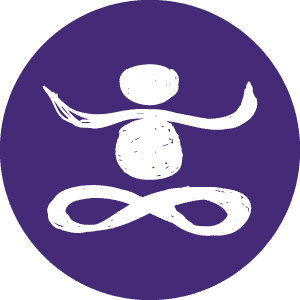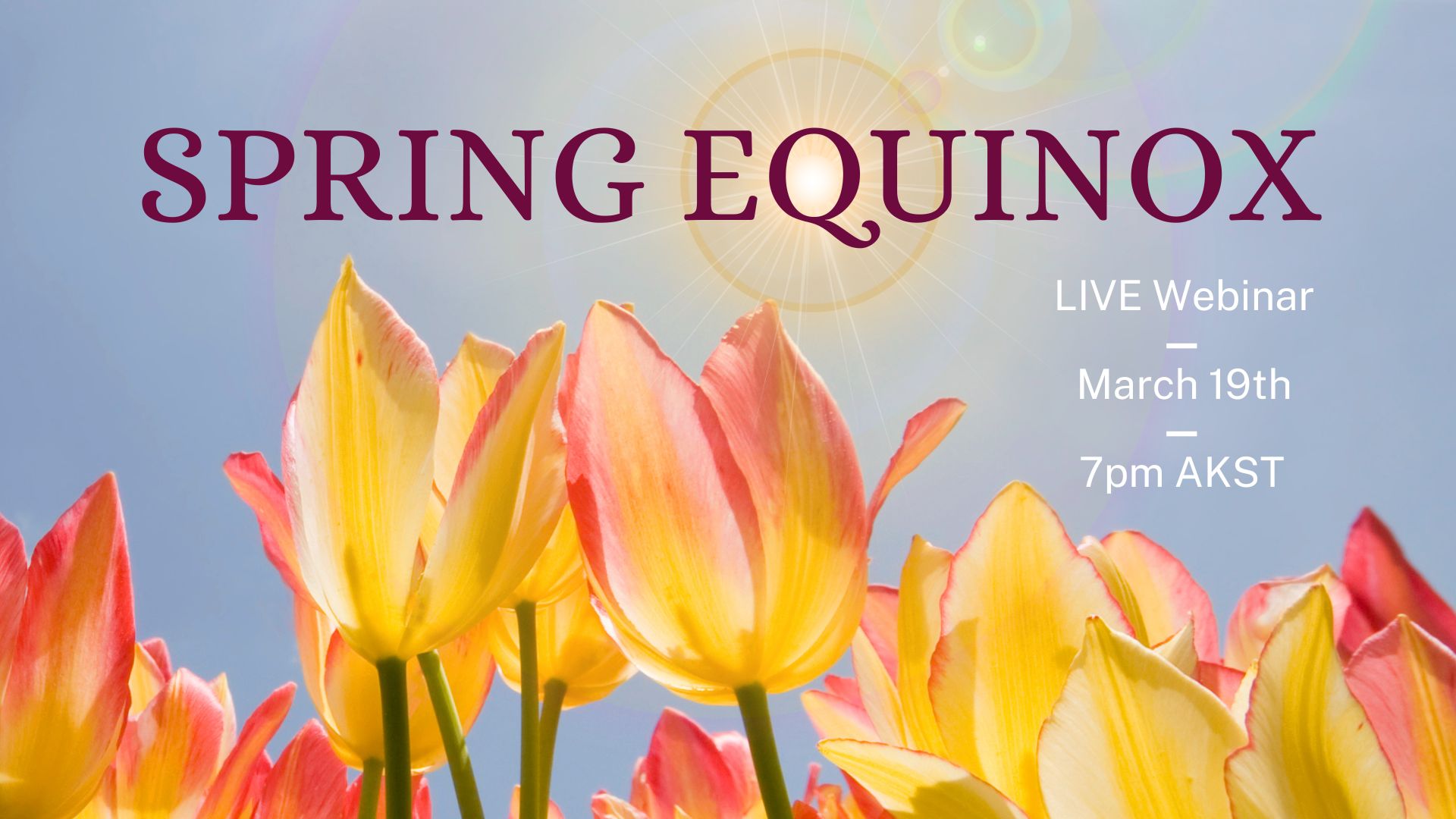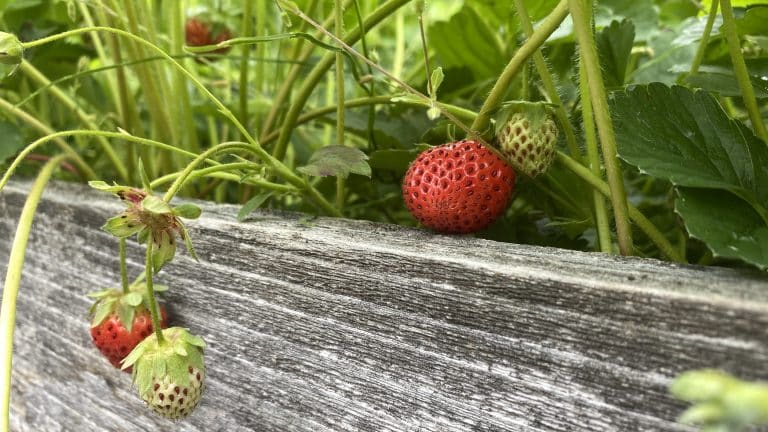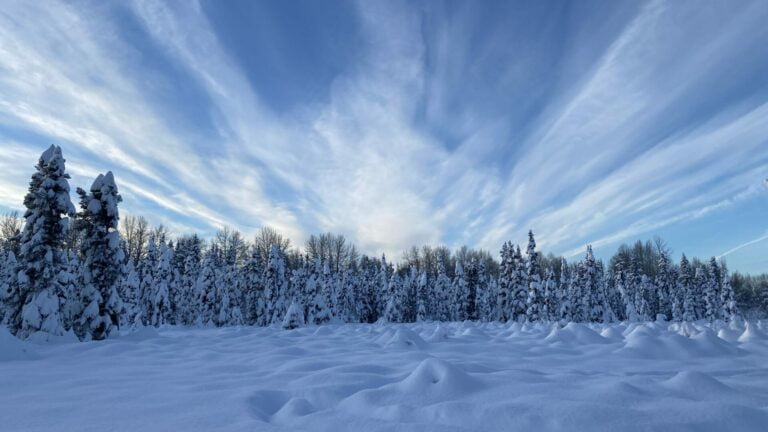The evidence is overwhelming… scroll through your photos, look outside. There are seasonal cycles! These are patterns. They repeat, sometimes in regular intervals. Sometimes the intervals vary but usually, they fall within a relatively predictable period. Seasonal cycles are some of the easiest to see (and where I live, smell!)
The evidence can be examined qualitatively or quantitatively. Brains love this! Numbers and stories both help us to see what is probable. Temperature rises and falls, precipitation, barometric pressure, and other indicators follow. We change clothes, activities, bedtimes, and other habits as a result.
In this article, we’re going to see how the wisdom of seasonal cycles can be applied, not only throughout the year but also within much smaller and much bigger cycles.
Finding the right sized cycle
We can focus awareness of cycles on the smallest (known) particles, on massive phenomena, or anywhere in between. I think it’s helpful to know that we can choose the lens that we look through… I encourage you to choose one that’s handy, or interesting! Follow your curiosity.
If you’re well attuned to your daily, weekly, or monthly calendar, that would be a good place to start. If you find yourself staring at the stars and contemplating the cosmos, know that you will find cycles there too.
Breathing cycles
I always like to come back to the cycling breath as a starting point. It is very predictable and accessible. Even right now, as you read this sentence, you may notice that you are breathing. Sometimes when I suggest this, people find themselves in one of the spaces between the movements of breath and worry that they’re “not breathing!” I assure you, if you are reading these words, you are breathing.
Each cycle of breath contains four distinct parts. There is, at the very beginning, at birth, the first inhalation so we will begin there. The inhalation is the first phase of the breath. After air rushes into the lungs, and they are full, there is a pause. This is the second phase of the breath: the pause after the inhalation. Exhalation comes next, it is the third phase. The pause after the exhalation is the fourth and final phase. Every cycle of the breath… from the first big inhale to the final exhale follows this basic pattern.
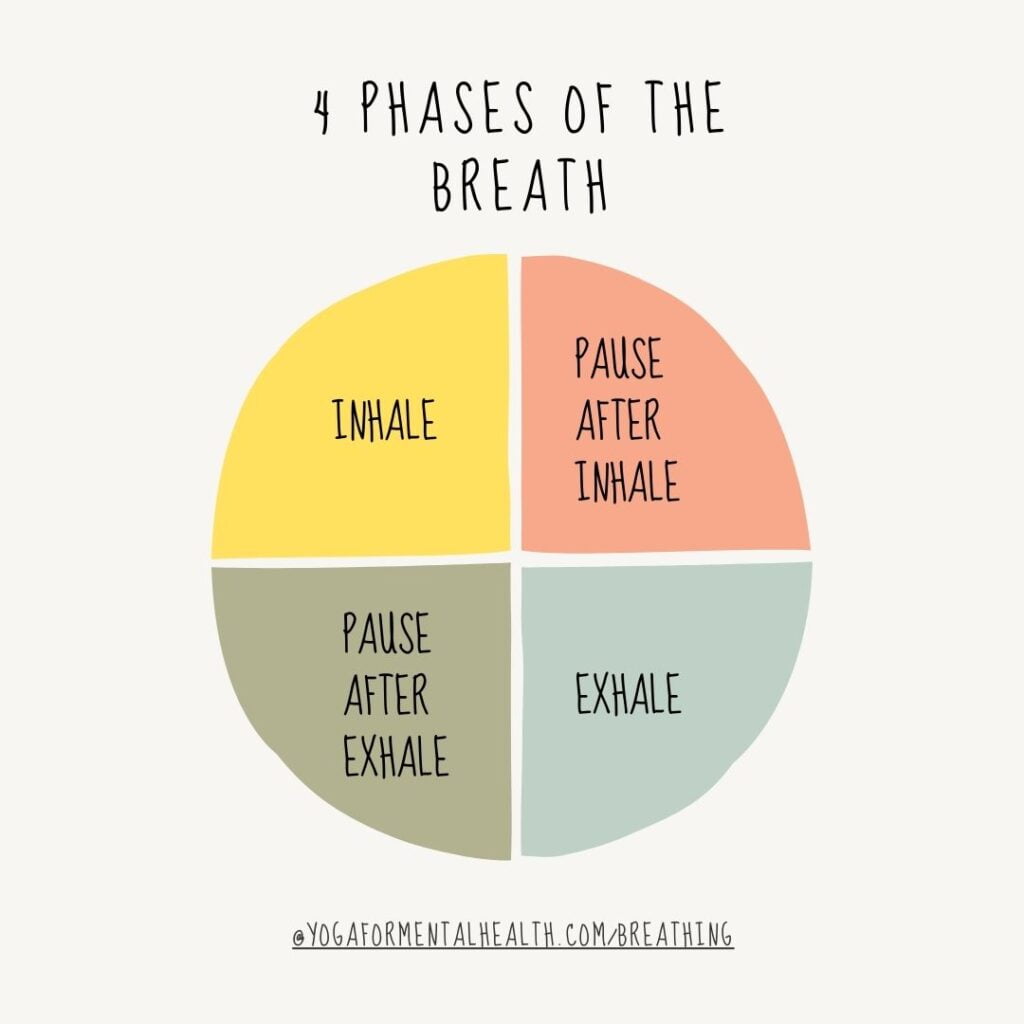
We can, with practice, break each of these down into smaller pieces. We can interrupt the flow. Partway through an inhale we can pause, multiple times even. Same on the exhale… exhale just a bit of air, pause, exhale more, pause again. Breathing like this can help us gain a sense of influence and is commonly included as part of a formal pranayama practice. For simplicity, we’ll keep our investigation to the four core phases as they naturally present.
Doesn’t part of you just love the organizational clarity that this provides? It helps that we have a lot of other 4/4 rhythms in our world… there’s the 4/4 beat behind so many melodies. There are four seasons, four weeks in the month, and four quarters in a dollar. It seems to help our minds to be able to break things down into parts like this.
Once we do, then we have separate entities that we can compare… another favorite activity of the mind! If we can restrain judgment (not necessarily eradicate it, for awareness of preference is powerful,) then, we can perhaps see more clearly what is unique and valuable about each phase in every seasonal cycle.
Using mindfulness to uncover the wisdom of seasonal cycles
With mindfulness, we practice noticing breathing. We also practice noticing preferences. Sometimes we have a strong preference: we love it or hate it. Sometimes it’s much more subtle. I contend that it is in the investigation of the more subtle that we have the most opportunity.
Let’s take back up that handy lens to look at our cycles through… is it a typical day that you can see most clearly? If it’s a weekly, monthly, or seasonal cycle that is more accessible, use that. Of course, you can always use your breath.
Divide the whole cycle that you’ve chosen into four parts. They don’t need to be of equal length. Notice your breath again here and measure… it’s unlikely that all four parts are equal… it is also possible that with your intention and practice, you might be able to make them so.
Give each of these parts a place. Find a beginning, a middle, an end, and a transition to the next cycle. If this is within the context of a day that might be morning, midday, evening, and overnight. The annual cycle starts with spring, followed by summer, then fall, then winter. The life cycle begins with birth continues through life to death and then, in whatever form, rebirth.
Maybe you are starting to notice some correlations:
Beginnings – inhale, morning, spring, birth, waxing moon
Middles – pause after inhale, midday, summer, life, full moon
Endings – exhale, evening, fall, death, waning moon
Transitions – pause after exhale, overnight, winter, rebirth, new moon
Notice some of the preferences that arise when you consider each of these. Notice your habits and tendencies. Notice too what stories/thoughts and emotions accompany them. See if you notice any physical sensations… especially ones that result in activation (tension) or ease (relaxation).
The Elements
Each phase in seasonal cycles has its own, inherent, unique qualities. There are elemental forces that dominate in each. There is a fair amount of variation, especially when it comes to seasons and latitude, but the basic elements are the same.
The water element, which contains both matter and energy, is dominant in the beginning phases. It can be vast and deep, ooey and gooey. Usually it’s moving, even if slowly.
The fire element dominates as things get going. Heat and light result from the friction of movement and the interaction of forces.
The air element comes next. It is matter still but transformed. It is light and agile. It moves freely and easily and can travel far.
The final frontier, as they say, is the element ether. Its specific qualities are still quite unknown. It is “space.”
These elements are in us as well as around us. You may see, in your preferences, habits, attraction, aversion, expectations, goals, and ambitions which dominate in you! This expression is affected by all of the overlapping cycles listed above in addition to your genetic predisposition. Ayurvedic “doshas” and the emerging science of epigenetics can help us understand more about our unique life experience. (We’ll share more about both of these in our upcoming Spring Equinox Webinar.)
Balance
We all have a natural inclination towards balance. We wouldn’t be able to wake up, stand up, or survive for as long as we have if we didn’t. This is also true for that which surrounds us. Balance is inherent in nature too. The light and dark cycles of every day, month, and seasonal cycles of the year demonstrate this.
Given the relative complexity of so many overlapping cycles, it is no wonder that we sometimes feel out of balance! Everyone probably has an idea of what it’s like to feel energized, inspired, excited… maybe even overwhelmed. We all know what’s it like to be tired too and unmotivated. Hone in if you can on when you notice these extremes. See if you can find them (perhaps in a more subtle form) in correlating phases of other cycles.
Once we begin to see more clearly what forces are at work we might understand how we can use seasonal cycles to support balance and find more ease! The lightness of being, the JOY of being is in this poise. There is a particular kind of energy that we know. In Sanskrit, it is called “sattva.” It is the sublime state that is also sometimes described as “flow.” In it, we are aware and engaged while also content and relaxed.
You can learn more about your constitution, the elements, and cycles of opportunity in our upcoming Spring Equinox Webinar: Tuesday, March 19, 2024 at 7 pm (AKST). Please register in advance, live attendance is limited to 100 participants. All who register will receive a recording.
